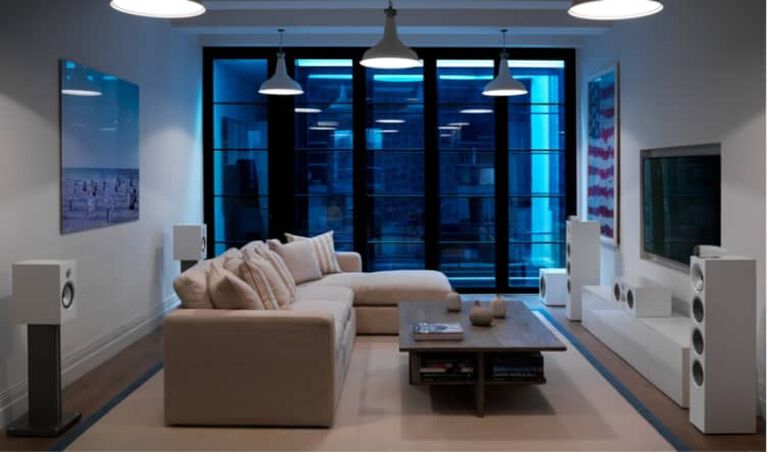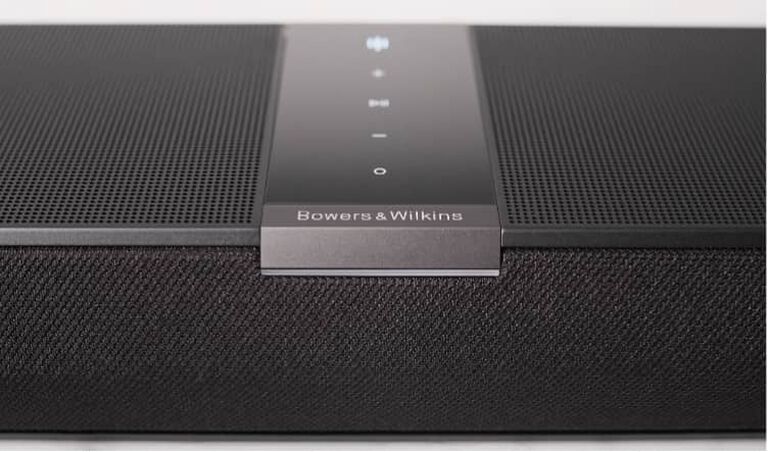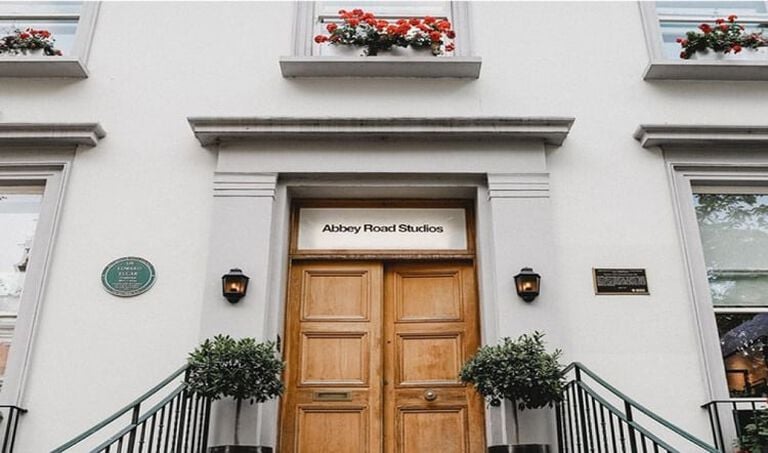Bowers & Wilkins at the Movies
You know you can trust us with your movie sound, because the people that made your favourite movies already did.
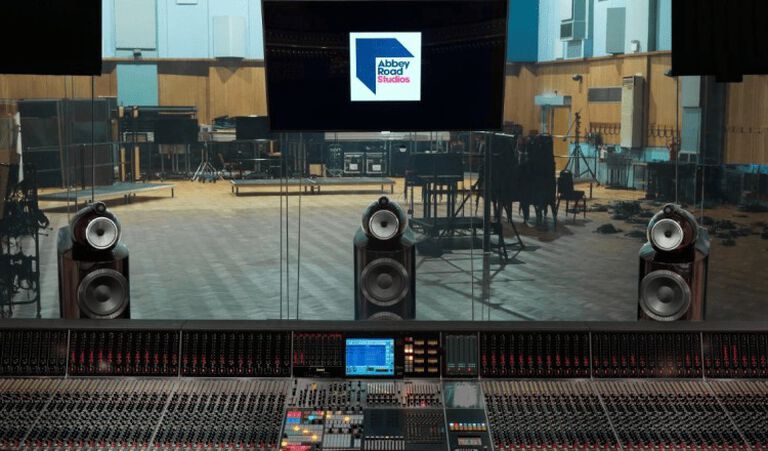
The cinema experience has always been about sound. Yes, we do mean always; even so-called ‘silent’ movies were designed to be accompanied by music in the form of the cinema’s own pianist or organist. Very often these talented players didn’t even have a score to work with but were expected to create their own music to fit what was happening on screen. Organists had an even more challenging task, as the wonderfully elaborate Wurlitzers they performed on had percussion and other sound effects built in. Seeing a silent-era film with an organ accompaniment could quite literally involve pulling out all the stops.
Eventually, the advent of the ‘talkie’ killed off the silent movie era, along with the careers of many of its stars. These early sound and picture films featured what is termed a ‘diegetic’ soundtrack; one that is created entirely on-screen. Basically, what you hear is what you see – a character talking, a piano playing in a bar, or even a full band as in the case of the first talkie success story, 1927’s The Jazz Singer. If you could hear it, chances are you could also see it.
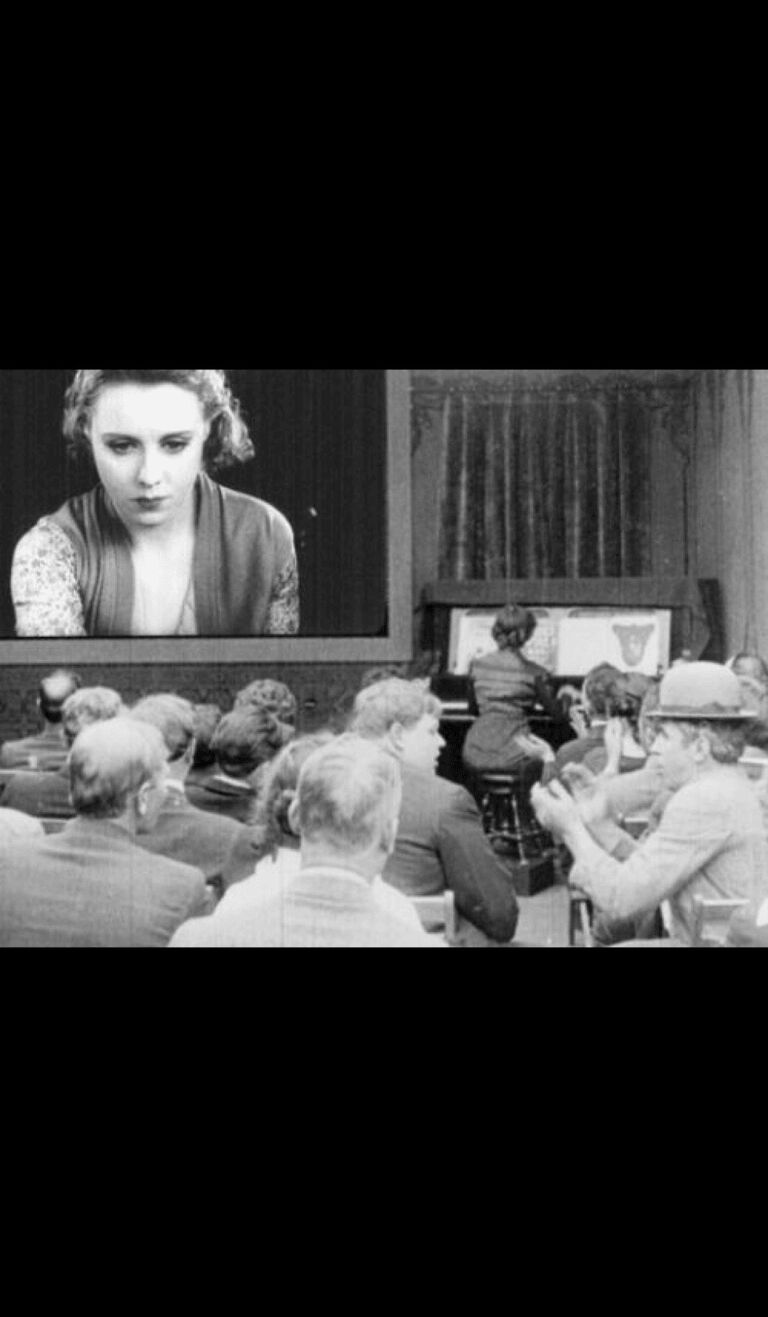
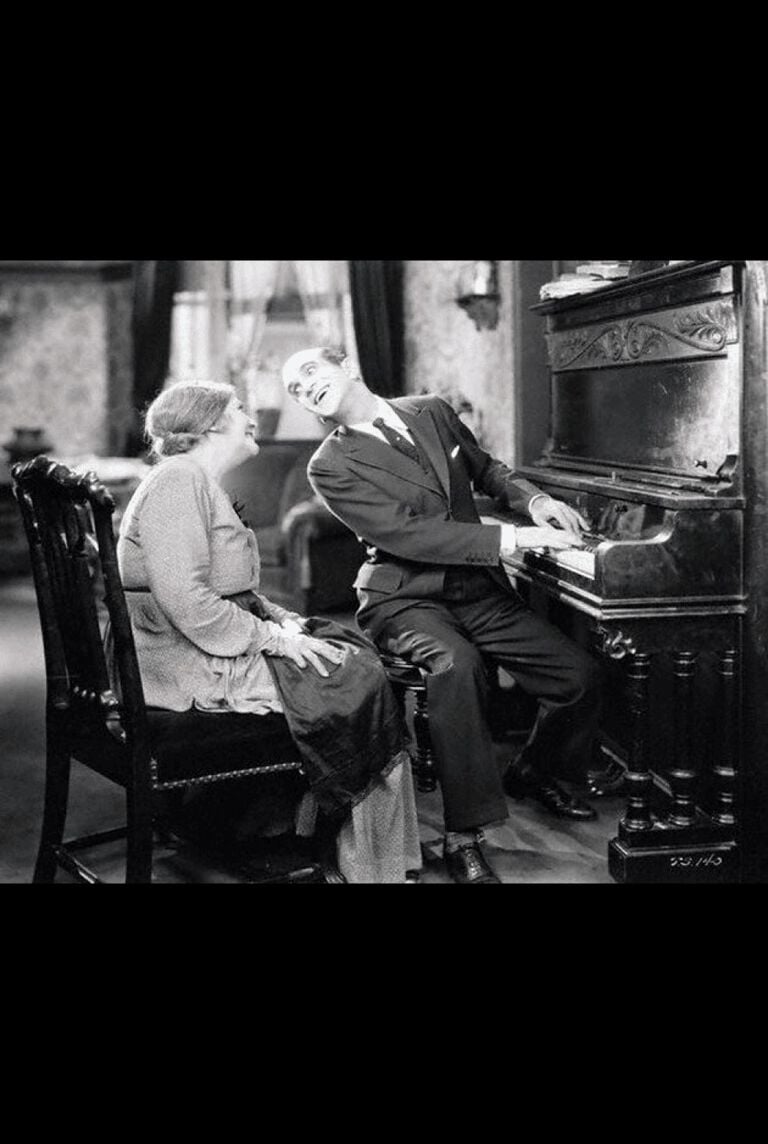
The coming of the orchestra
It took until 1933 for that rather literal approach to change. The film that famously inspired Peter Jackson to become a director, King Kong, was also the first movie to feature a ‘non-diegetic’ soundtrack – that is with sound not limited to what you can see on screen, but rather ‘extra’ sound from the non-film world, that can be added to create an effect.
King Kong boasted an orchestral score written by Max Steiner, which rather than simply accompanying what the audience saw on screen, complemented the action, building up tension, excitement and fear. And even though this was 1933, Steiner’s score set the precedents for much of what music in movies is used for today. It can be used to evoke emotion, anything from joy to sorrow; it can stir the audience, and it can be used unsettle them – Steiner’s composition transformed what would have been a poorly animated film for kids into a genuinely scary experience for the entire audience.
Moreover, the innovative use of an orchestral work set the tone for decades to come, and apart from a few exceptional periods classical music has been the keystone of the motion picture soundtrack ever since. It’s certainly no exaggeration to suggest that more people listen to classical music in the cinema than they do at classical concerts; often without even realising that’s what they are doing. Ask a group of people if they know Richard Strauss’ Also Sprach Zarathustra and you will probably get a blank expression in return. Ask them about the opening moments of Stanley Kubrick’s 2001 and you’ll get a very different response.
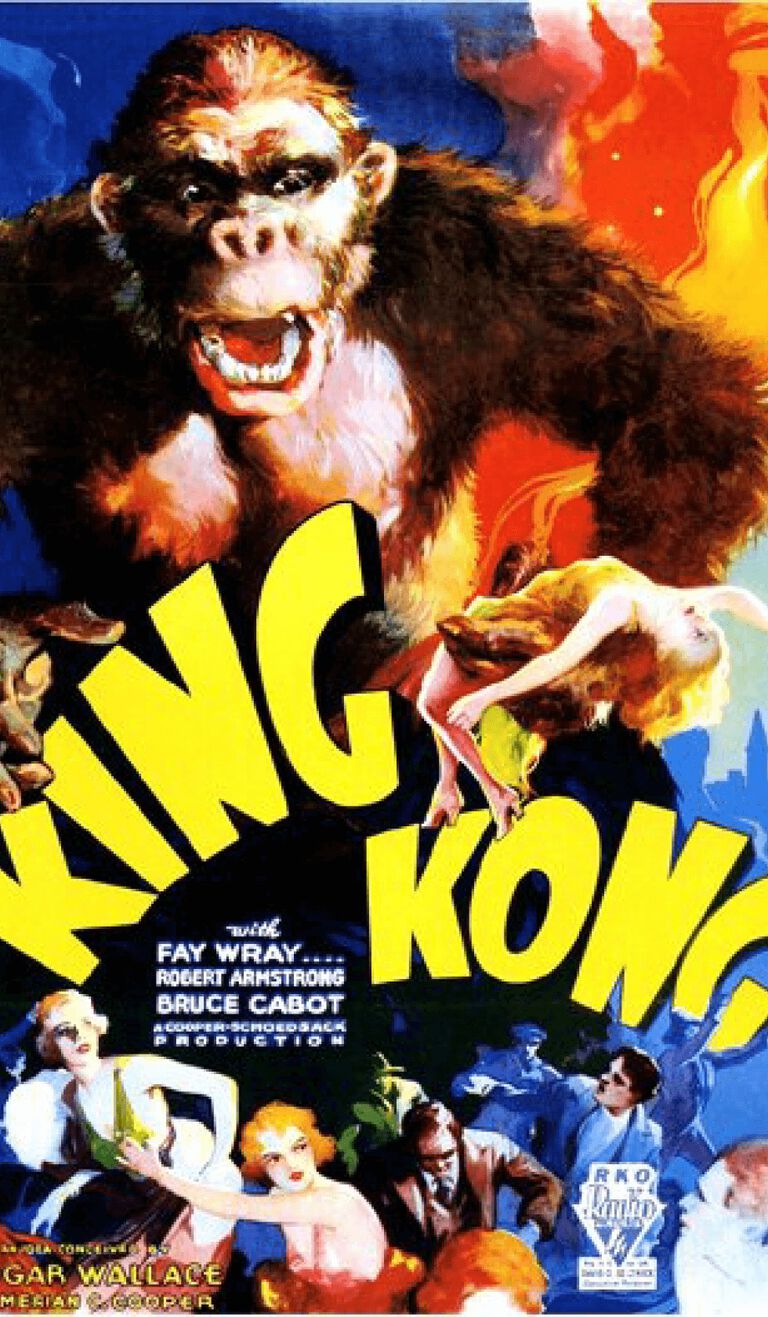
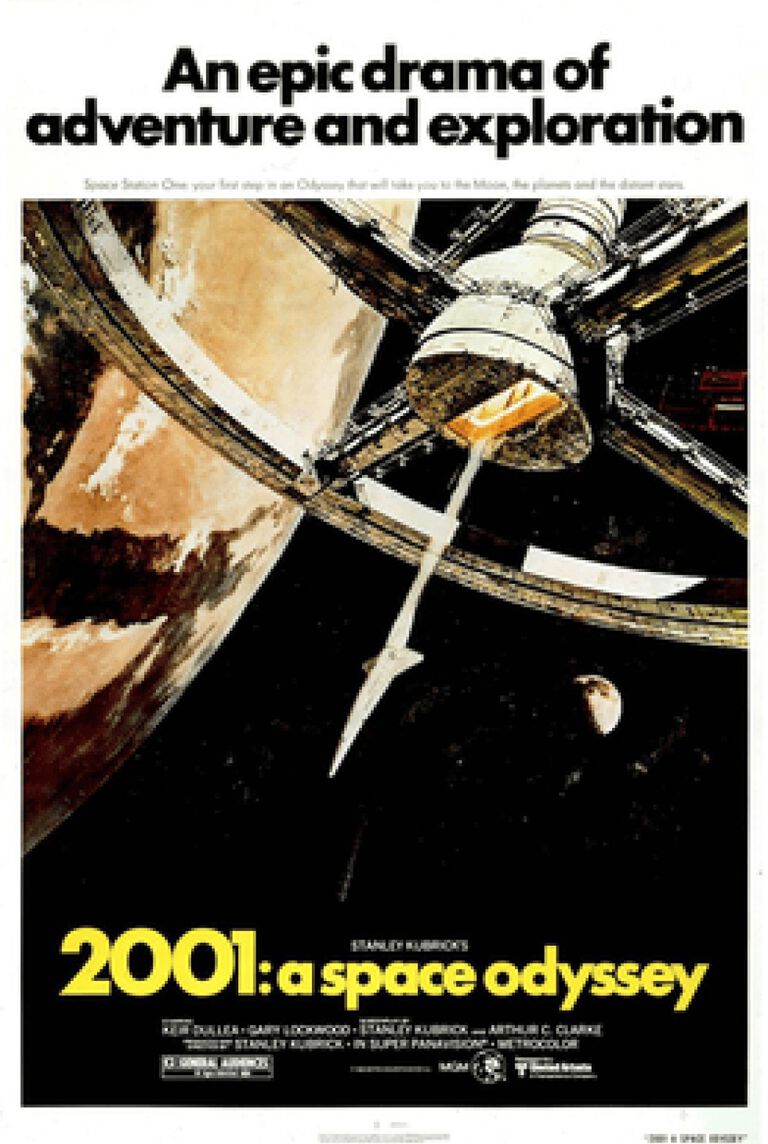
The Jazz Age
While the orchestral score is the mainstay of film soundtracks today, it hasn’t been a totally dominant presence since the days of King Kong. As film making changed, so film music changed with it, and as with popular music, the 1950s was very much cinema’s Jazz Age.
The first truly successful Jazz score was composed by Alex North for 1951’s A Streetcar Named Desire. North’s rather frenetic, Oscar-nominated composition was perfectly in-tune with the action on-screen, proving that you didn’t require a full-size orchestra to take the audience on a journey, and making a significant contribution to the emotional impact of a movie.
The next two decades saw a host of great Jazz-infused movies, including classics such as The Man With The Golden Arm, Knife In Water and Last Tango in Paris. Running alongside this smoky, basement Jazz Club sound was a slightly different form of Jazz-inspired soundtrack: the Big Band sound of composers like Lalo Schifrin (Bullitt, Cool Hand Like) and John Barry.
Although the score for the first James Bond outing, Dr No, was composed by Monty Norman, it was an uncredited Barry who arranged the James Bond theme. Barry then went on to compose the music for eleven 007 outings, and this Big Band style is still a key factor in the James Bond franchise today – they really wouldn’t be the same without its distinct sense of swing.
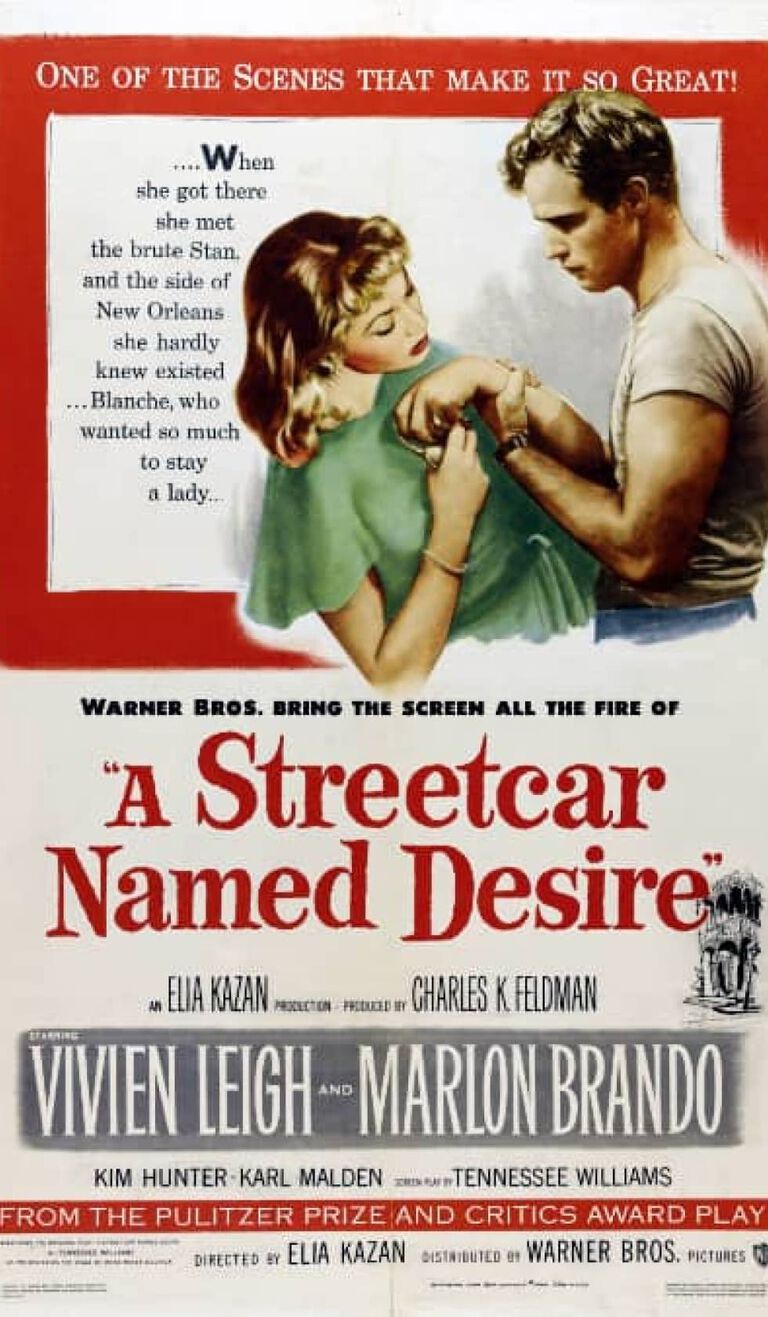
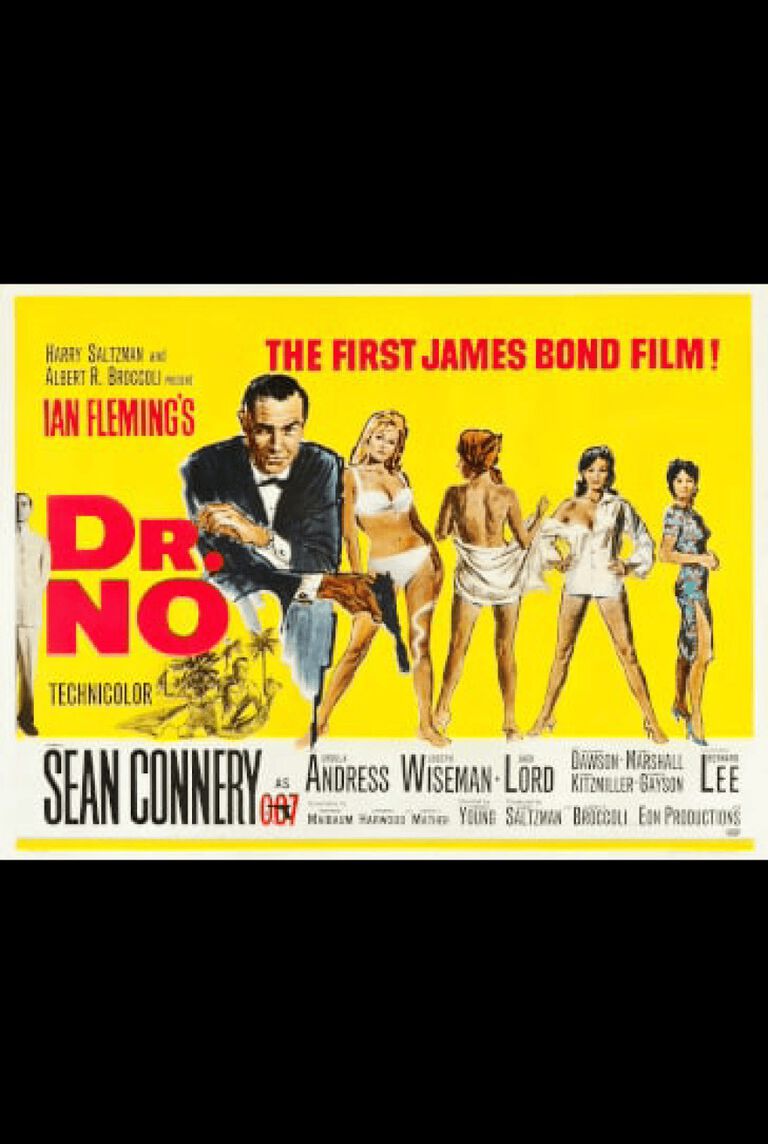
The swinging 60s
Another significant development in the 50s and 60s were soundtracks that consciously interacted with the film. Bernard Herman’s scores for Alfred Hitchcock truly set the standard by which others are judged to this day. Whether it’s the iconic shower scene in Psycho or the chaotic, mind-boggling soundtrack of Vertigo, Herman’s score and Hitchcock’s direction work together seamlessly to tell the story.
The 60s also saw the introduction of another new trend – the rise of films that primarily used sourced music, often hits from the time – or increasingly from the past. Movies such as Easy Rider, The Graduate, Help, Midnight Cowboy, are littered with classic songs, both written specifically for them and sourced from the music scene at the time. This style of music soundtrack is still a major player today, and can work absolute wonders when blended with an original score in the likes of Baby Driver.
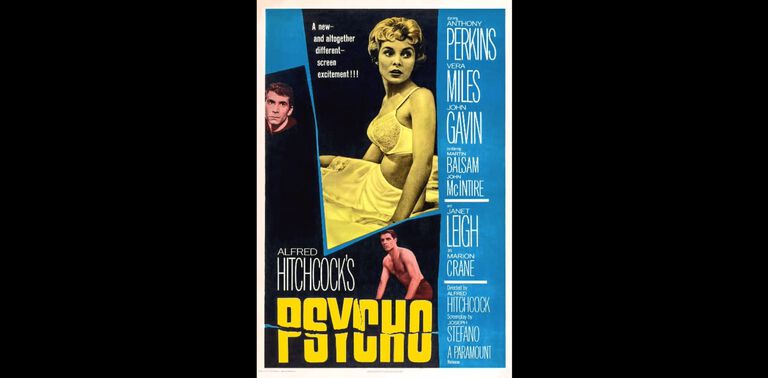
The auteur composer
Just as a new breed of auteur directors were making waves in the movie business, the late 60s and 70s also saw the rise of a new type a composer – artists who took the concept of the orchestral score and twisted it match the innovative film making of the era. Perhaps the greatest protagonist of this form was Jerry Goldsmith, whose epic scores for Planet of the Apes and Chinatown moved away from traditional instrumentation to – in the case of the Apes movies – a world of pots and pans and anything else his percussion section could find. The result was a wildly chaotic sound that perfectly suited the dystopian spirit of the movie and was often replicated in other post-apocalyptic movies from the same period and beyond.
At the same time Ennio Morricone was doing much the same thing for Spaghetti Westerns. It’s impossible to imagine films like The Good, The Bad and The Ugly without Morricone’s score, which blended large-scale choirs and orchestras with more unusual instruments such as harmonicas and electric guitars. The result was a filmic language – both audio and video – that drew audiences into the action and became the template for Westerns ever since.
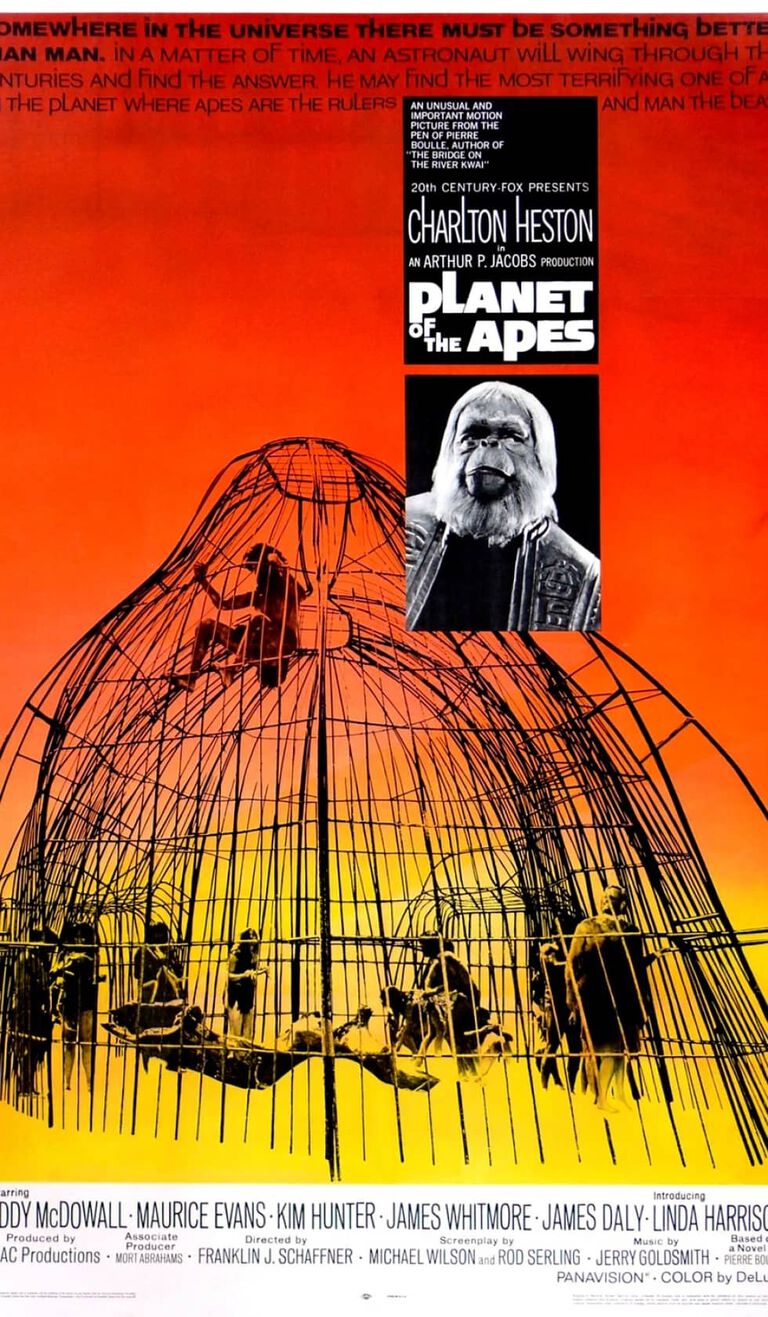
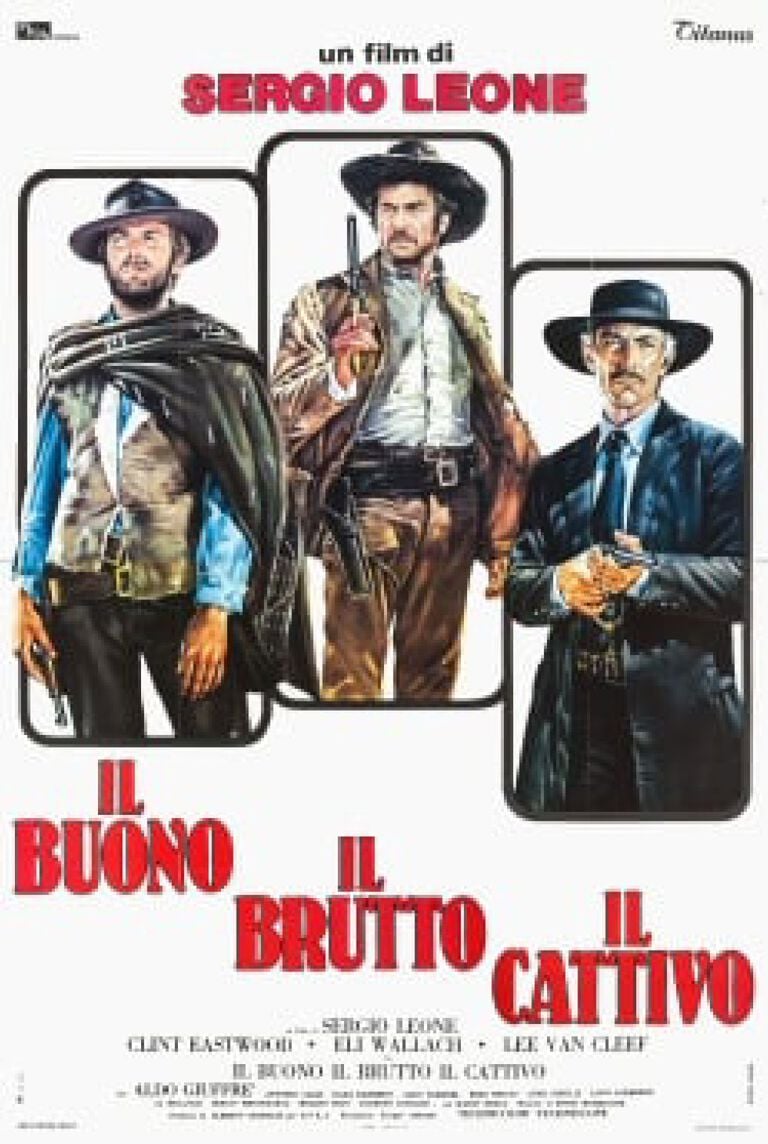
The return of the orchestra
Classical music scores had remained a key player through these decades, especially when you consider epics such as Lawrence of Arabia and Ben Hur. But with the increasingly popular work of Goldsmith, Morricone and others, it did appear as though the more traditional classical score was going out of fashion in the early 1970s. But that was about to change, thanks to the meeting of two men who would go on to become cinematic legends: Steven Spielberg and John Williams.
John Williams started off as a session pianist – he performed on Leonard Bernstein’s West Side Story – and was already a reasonably successful soundtrack composer when he met the young Spielberg who was setting out on his directorial feature debut The Sugarland Express. It was an un-inspiring start to a five-decade and counting partnership, but the next Spielberg/Williams collaboration would definitely make waves.
The Jaws soundtrack is possibly the best example after Psycho of how a music can add tension to a film. Those two notes, simply repeated were the perfect distraction for what after all is a pretty naff looking shark! Williams also developed other motifs throughout the soundtrack, small snippets of music that are repeated when a character appears and therefore helps the audience associate the character with the music, which helps them follow the plot.
This is something Williams has done throughout his career, both with Spielberg and George Lucas. Who doesn’t remember Darth Vader’s theme music – the Imperial March – in the Star Wars franchise, and how it immediately suggests the presence of Vader with a tangible sense of evil. Then there’s of course Raiders of the Lost Ark – an exemplary classical music score. And writing this I watched the end sequence of ET – a Spielberg and Williams co-creation – and I can tell you, even out of context for research, that incredible music brought a tear to my eye and tingles up my spine.
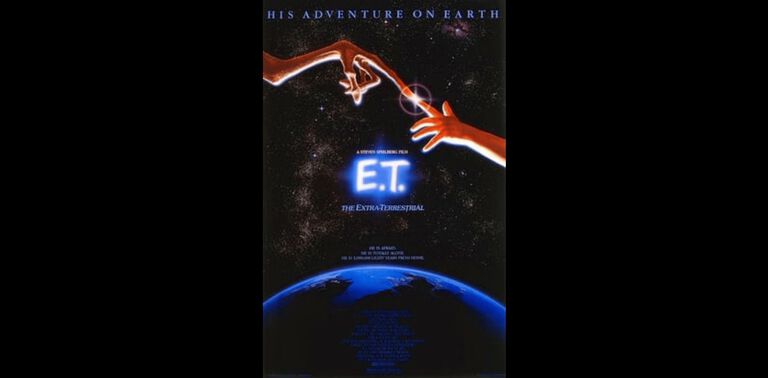
The here and now
Williams really did bring the large-scale orchestral soundtrack back into vogue, and it doesn’t really seem to have gone away since. People such as Hans Zimmer continue to redefine the cinematic score, and his work on movies such as The Dark Knight, Inception and Pirates of the Caribbean work as epic movie scores and as pieces of classic music that are enjoyable when taken out of their original context.
The hugely successful Marvel Avengers movies also feature big, bombastic classical scores, that add to the drama and are designed to create emotions in the audience. Because people have a physiological response to music, so music in films can heighten your emotion in a film. One of the most dramatic recent examples of that quest for scale was for Marvel’s Black Widow, when composer Lorne Balfe broke an Abbey Road Studios record for the largest orchestra ever assembled and recorded in the building, consisting of a whopping 116 performers!
The score can also be used to attract the audience to specific parts of the screen, drawing their attention to the main action – or alternatively to a subtle hint of events to come. Or with the use of motifs as mentioned above with Darth Vader but also with the large cast of Lord of The Rings trilogy, it helps the audience connect with characters, and follow the story line.
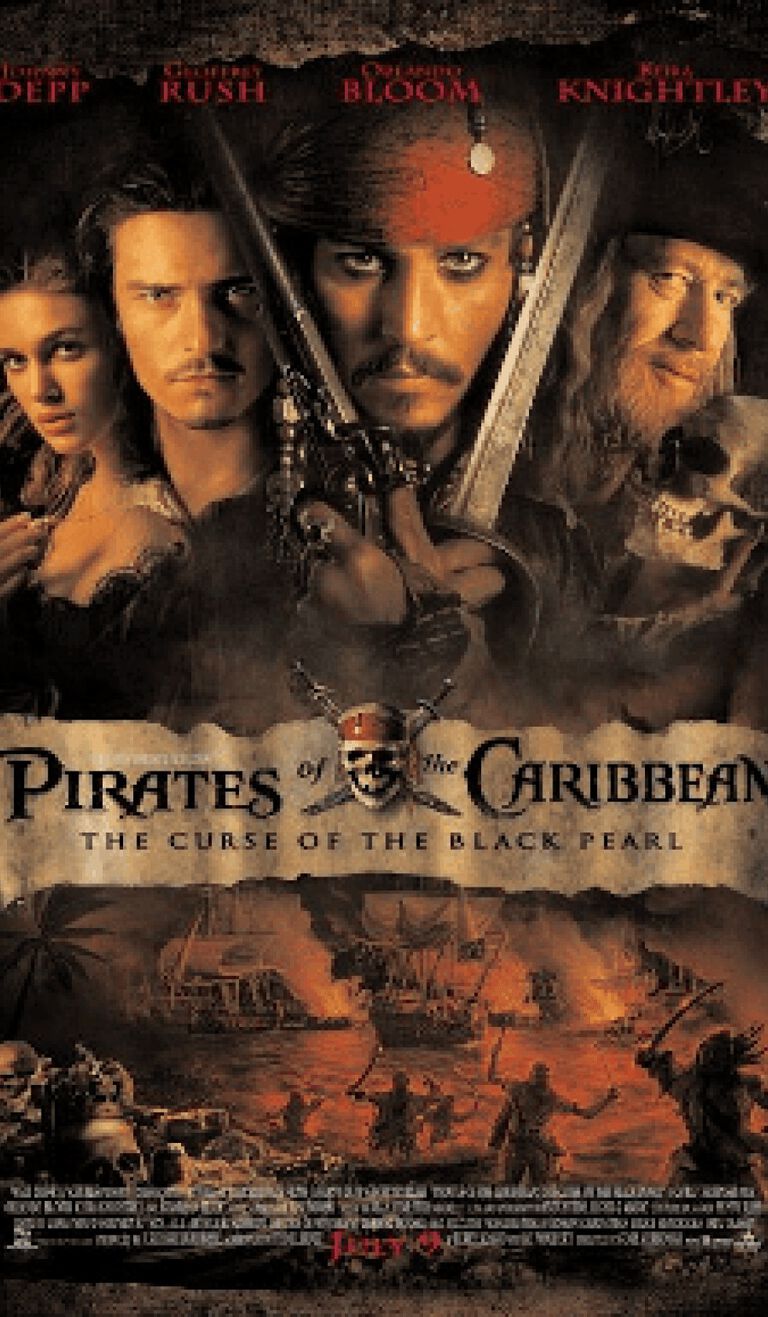
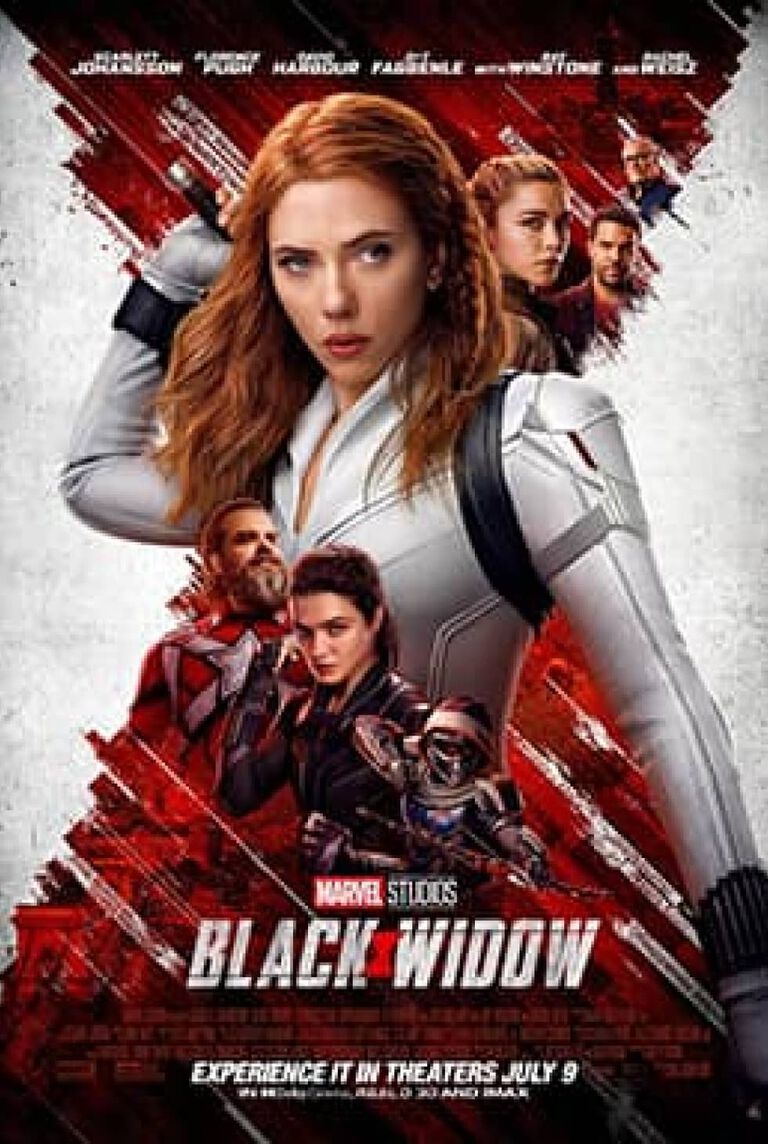
The need for True Sound
It should be clear by now that as music in films has become ever-more-important, so the working relationship between director and composer has become all the more crucial: the best, most memorable results come from the pair working together hand-in-hand to build the musical narrative. It’s just as important, of course, that the audience can hear and appreciate all these creative elements, because otherwise, they’re missing out on crucial components of the storytelling. That’s true of the audience, but just as relevant to the people creating the movie. For example, composers often conduct the recording of their scores, but many prefer to be in the listening booth with the director, making sure that everything is going down well.
And of course, loudspeakers capable of revealing all these details are the key to it all – and that’s why so many studios around the world use Bowers & Wilkins 800 Series Diamond loudspeakers, including the legendary Skywalker Sound and of course, London’s Abbey Road Studios. The story of Abbey Road Studios and film is particularly relevant, as it coalesces perfectly with Bowers & Wilkins relationship with the world-famous London studio.
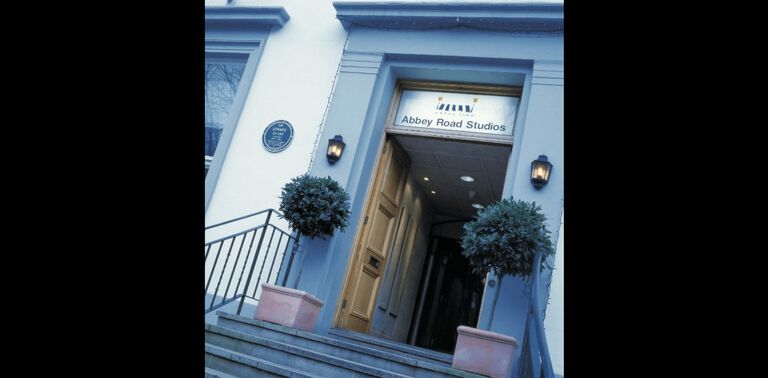
Abbey Road and Films
It’s no secret that Abbey Road Studios wasn’t in the best of places commercially in the late 1970s, particularly in relation to the cavernous Studio One. Designed with large-scale orchestras in mind and with the classical recording business drying up, there were plans afoot to change this illustrious space beyond all recognition – even talk of using it for parking!
As luck would have it, around the same time the prestigious Anvil Film and Recording Group Limited was looking for a new space to locate to. Thankfully, what could have been two very negative situations for British culture were turned into a positive when a deal was struck for Anvil to locate itself at Abbey Road Studios, where a new company called Anvil Abbey Road Screen Sound Ltd was formed. Abbey Road’s Studio One was given a new lease of life as the perfect sound stage for producing film scores, and it hasn’t looked back since.
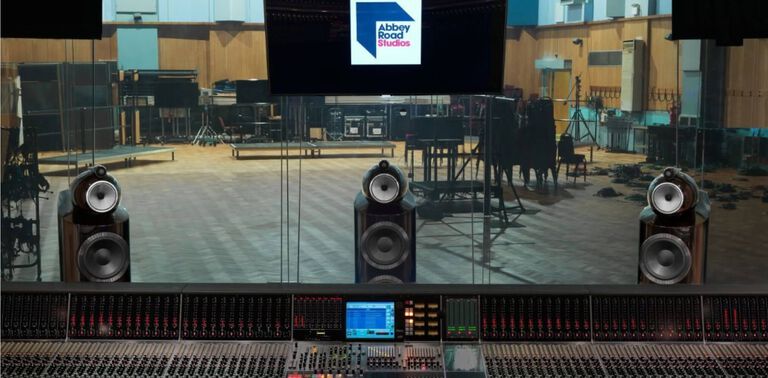
Bowers & Wilkins and Abbey Road Studios
The first film project of this new era to occupy Abbey Road was Lion of the Desert in 1980 - although initial recordings took place at Anvil’s previous base. Bowers & Wilkins’ relationship with Abbey Road Studios began that same year, when the first 800 Series loudspeaker was adopted as the legendary recording studio’s monitor of choice. The original 801 wasn’t designed as a studio monitor; it was just the best, most revealing loudspeaker of its time, and the engineers at Abbey Road Studios immediately understood its value.
From this point on, Abbey Road Studios (and the Bowers & Wilkins loudspeakers that have worked there ever since) have been party to the recording of some of the greatest film scores in history. This isn’t hyperbole: this is a simple fact.
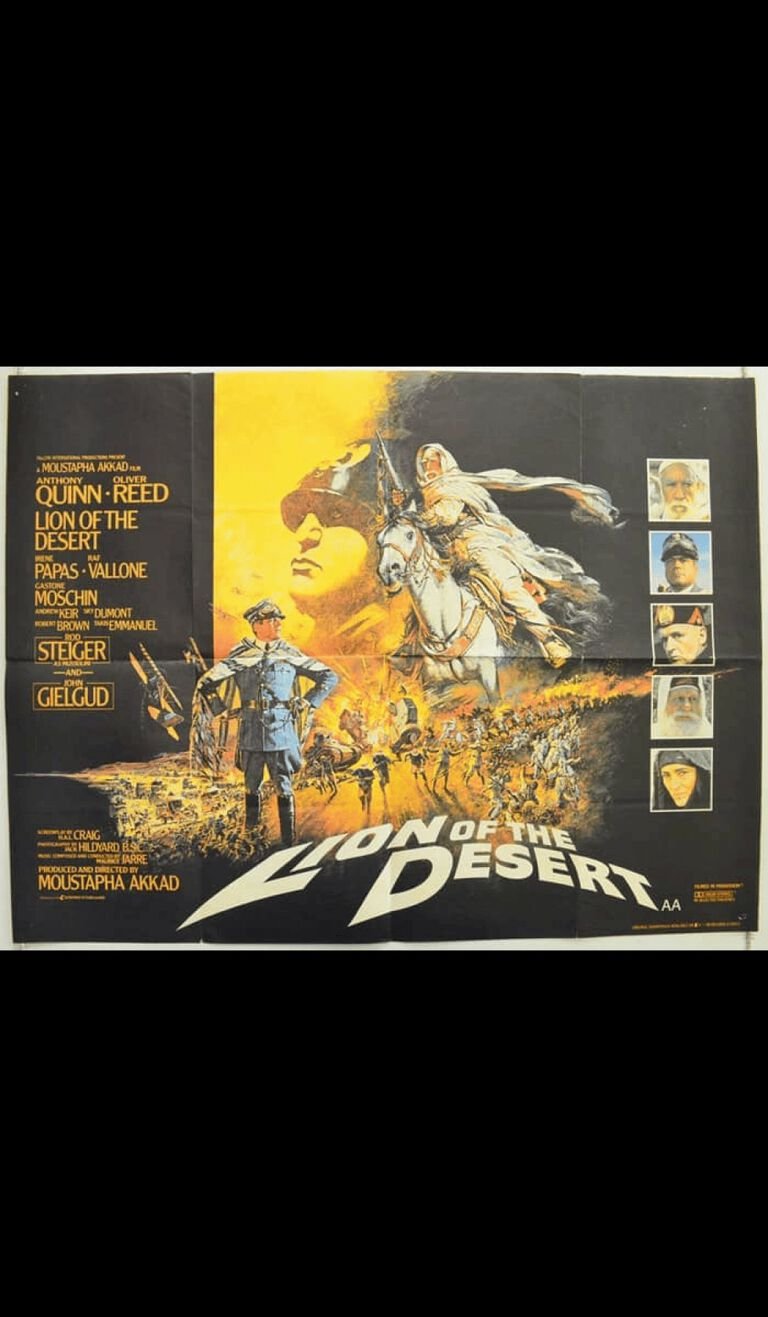
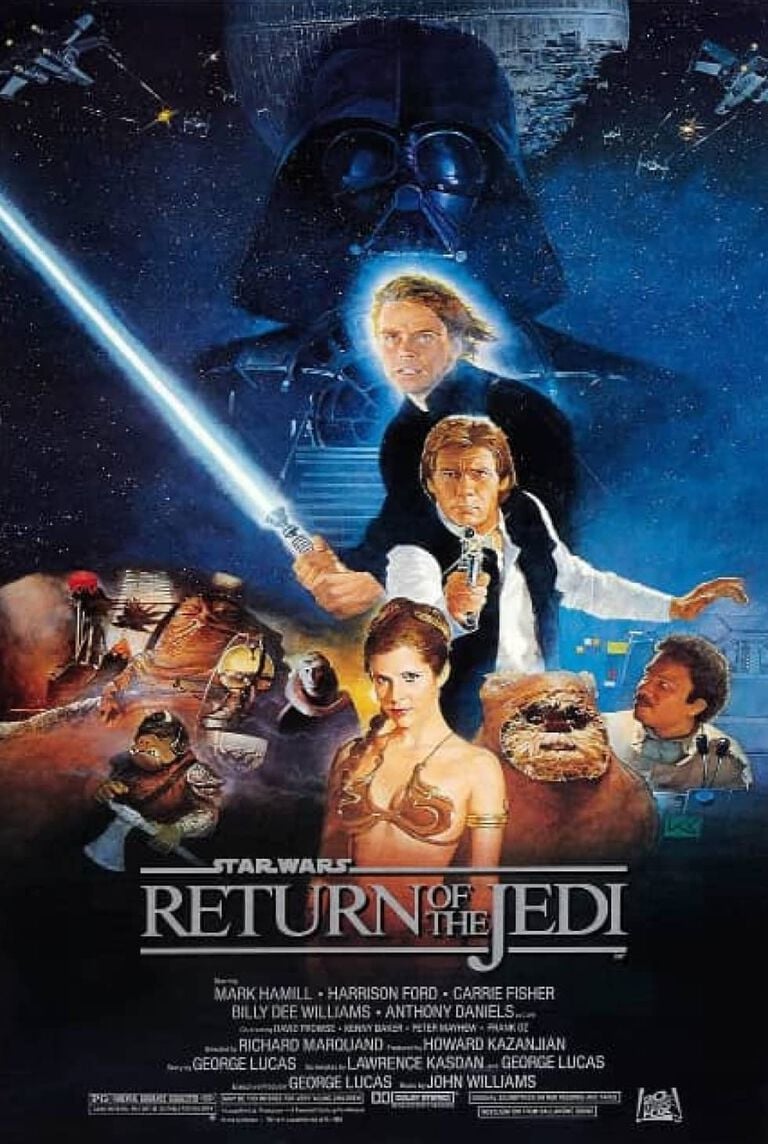
The list is far too long to document here, so we will just throw in a few names from the first decade: Raiders of the Lost Ark, Return of the Jedi, Aliens, Brazil, First Blood… the list goes on and on.
Skipping on to more recent projects, most of the Avengers movies, the Lord of the Rings and The Hobbit trilogies, the Harry Potter films and both the Star Wars prequels and sequels were recorded at Abbey Road Studios in Studio One using Bowers & Wilkins 800 Series loudspeakers.
Innovation in technology = innovation in sound
Over the years those 800 Series loudspeakers have developed beyond all recognition, but from the original 801 to the current 800 Series Diamond, all were cutting-edge in their time. Studio technology has likewise moved on, and the tools available to the innovative movie maker today would have blown Max Steiner’s mind when he was composing his King Kong score.
Through mono, stereo and surround sound, breakthrough audio formats have always enhanced the creative pallet available to film makers, and allowed composers and engineers to get increasingly clever with what they do with the sound – both with film sound in general and the musical score. Now Dolby Atmos has introduced the concept of object-based audio, where specific sounds can be placed accurately in the soundtrack for a more realistic three-dimensional listening experience.
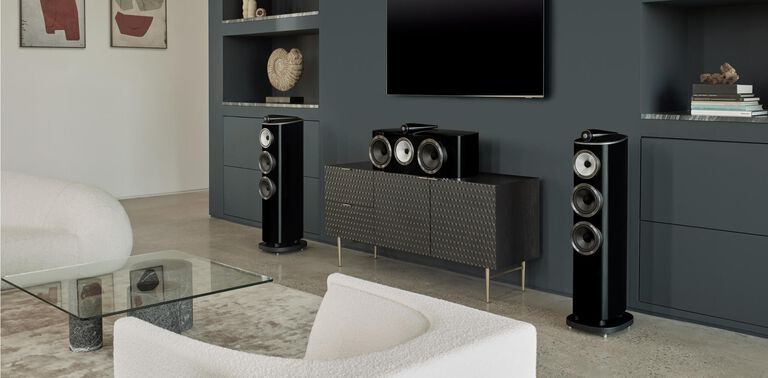
Two innovative soundtracks that were recorded at Abbey Road Studios are great examples of what can be achieved right now, and how directors are constantly looking for innovative ways in which to use sound in their films. Baby Driver and Last Night In Soho are both directed by Edgar Wright, and feature a sparkling mix of sourced tracks and an original score composed by Steven Price. They also both use music in different, innovative ways.
The opening of Baby Driver is built around the raucous Bellbottoms by The John Spencer Blues Explosion. Apparently the first time Edgar Wright heard the song he thought: ‘that’s a car chase!’. When he made the film, he worked with Price to ensure that every element in the scene fitted perfectly with the song, and it’s a breath-taking experience. As the movie progresses, elements constantly tie in with the music, sometimes taking numerous watches before you even notice what is going in. But subliminally your enjoyment of the film is continuously heightened by the interaction between the action on screen and the music.
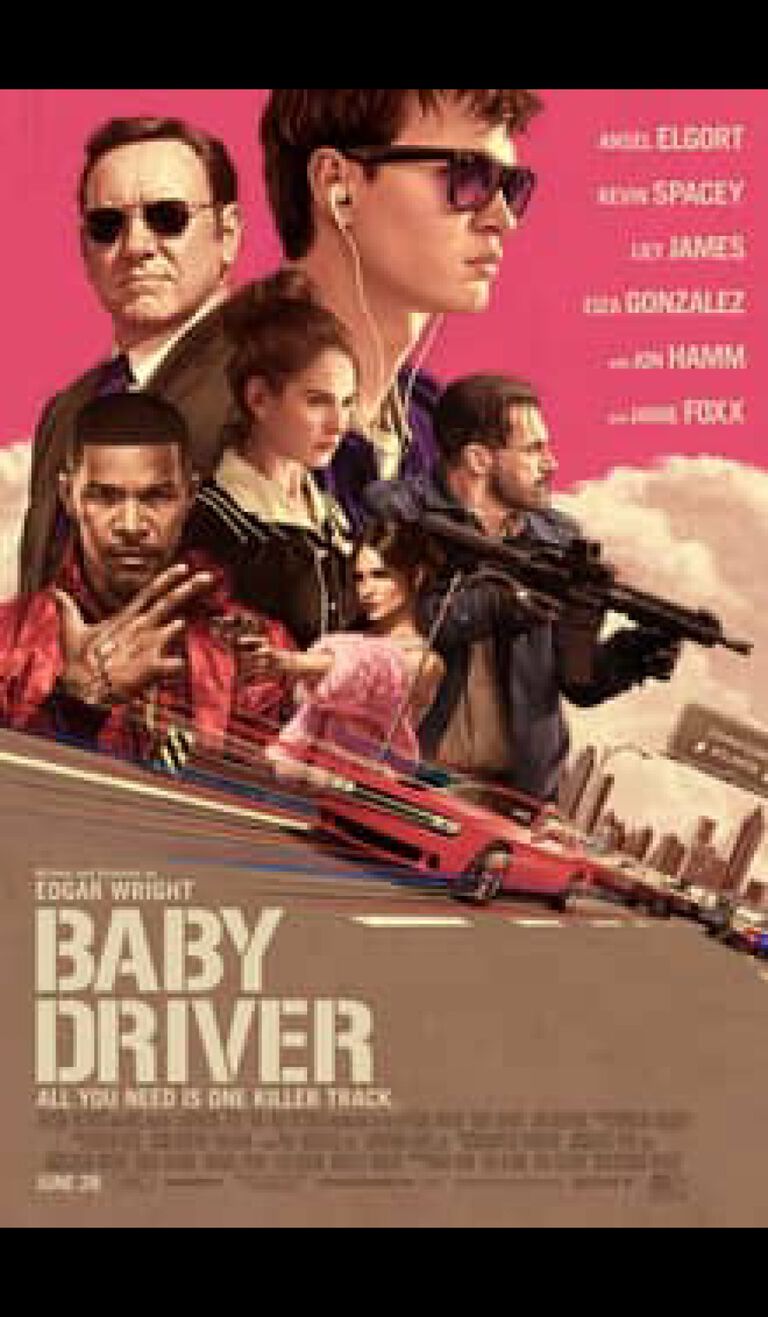
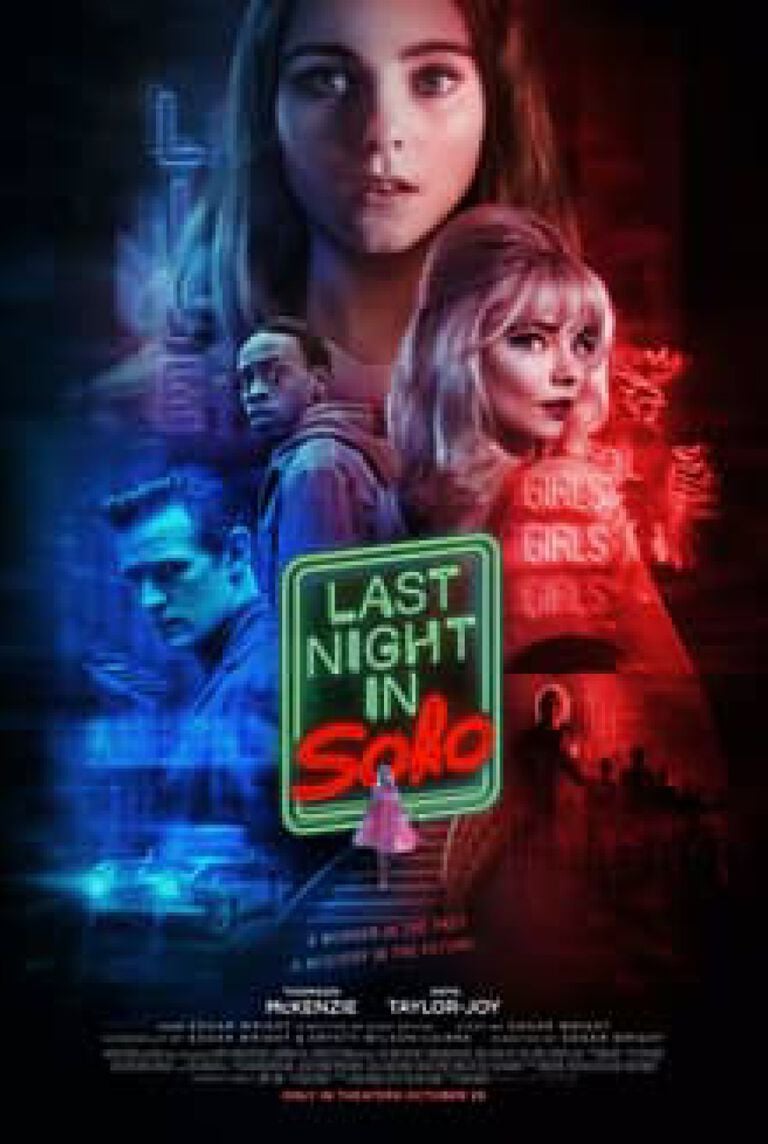
The same director and composer double act developed a different approach for the time-slip thriller Last Night In Soho. Rather wonderfully, the first 23 minutes of the movie is in mono, before opening up into full-blooded Dolby Atmos sound when the action moves back into the glamorous and dangerous world of Soho in the 1960s.
These are just two examples from an innovative director and a composer in perfect sync. But they also show the potential open to filmmakers when it comes to sound. And the more intricate, more elaborate and more integral the music becomes, the more the people making movies will require accurate loudspeakers to ensure that their works sounds as sensational in reality as it does in their imagination.
What you can be certain of, is that many of the most memorable film scores you have enjoyed over the past five decades were heard for the first time through Bowers & Wilkins loudspeakers. So whether your taste and budget runs to the 800 Series Diamond used at Abbey Road Studios or our first Dolby-Atmos-equipped sound bar, the Panorama 3, you can trust Bowers & Wilkins with your movie sound – because chances are, the people who made the film already have.
Browse some of our related articles
